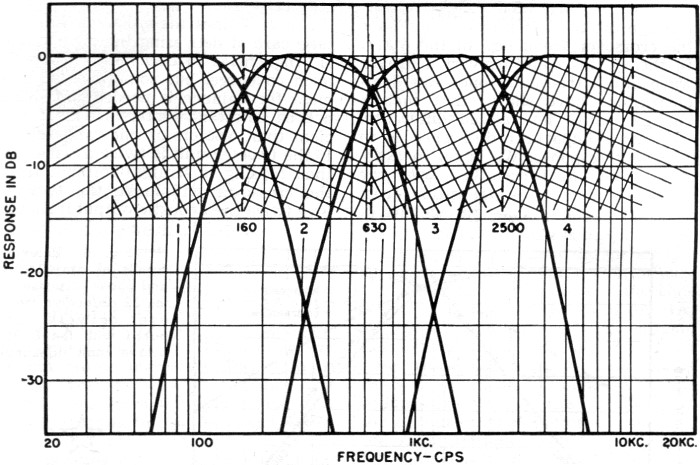

It should be noted that orthogonality between the full set of eight reference signals requires that the channel does not vary over the four reference symbols spanned by the cover codes. The reference signals are frequency multiplexed in groups of up to four reference signals while, within each group, the up to four reference signals are separated by means of OCC spanning four reference symbols in the time domain (two pairs of consecutive reference symbols).

In this case, there are up to 24 reference-symbol positions within a resource-block pair. 6.2.2.1 DM-RS for PDSCHįigure 6.12 illustrates the extended DM-RS structure introduced in LTE release 10 to support up to eight reference signals. The structure of the DM-RS for EPDCCH is very similar to that of DM-RS for PDSCH although with some limitations such as support for a maximum of four reference signals. Here we focus on the DM-RS structure introduced in LTE release 9 including the release 10 extension to support up to eight simultaneous reference signals. Rather than extending the release 8 structure to support two reference signals and then introduce a completely new structure for release 10, it was instead decided to introduce a new, more future-proof structure already in release 9. It was also quite clear that this extension would be difficult to achieve based on the release 8 DM-RS structure. Already at the time of finalizing LTE release 9 it was relatively clear that the LTE radio-access technology should be further extended to support up to eight-layer spatial multiplexing in release 10. 12Īctually, the dual-layer-supporting DM-RS structure introduced in LTE release 9 was not a straightforward extension of the release 8 single-layer-limited DM-RS structure but rather a new structure, supporting both single-layer and dual-layer transmission. Transmission based on DM-RS was then further extended in LTE release 10 to support up to eight-layer PDSCH transmission (transmission mode 9 and, from release 11, also transmission mode 10), corresponding to up to eight reference signals. In LTE release 9, transmission based on DM-RS was extended to support dual-layer PDSCH transmission corresponding to transmission mode 8, requiring up to two simultaneous reference signals (one for each layer). However, the use of DM-RS was then limited to the demodulation of single-layer PDSCH transmission-that is, no spatial multiplexing-corresponding to transmission mode 7. In contrast to CRS, a demodulation reference signal (DM-RS) is intended to be used for channel estimation by a specific device and is then only transmitted within the resource blocks assigned for transmission to that device.ĭM-RS was supported already in the first release of LTE (release 8).
SPECTRAL COMB SOUND REFERENCE SIGNALS PRO
Johan Sköld, in 4G LTE-Advanced Pro and The Road to 5G (Third Edition), 2016 6.2.2 Demodulation Reference Signals


 0 kommentar(er)
0 kommentar(er)
